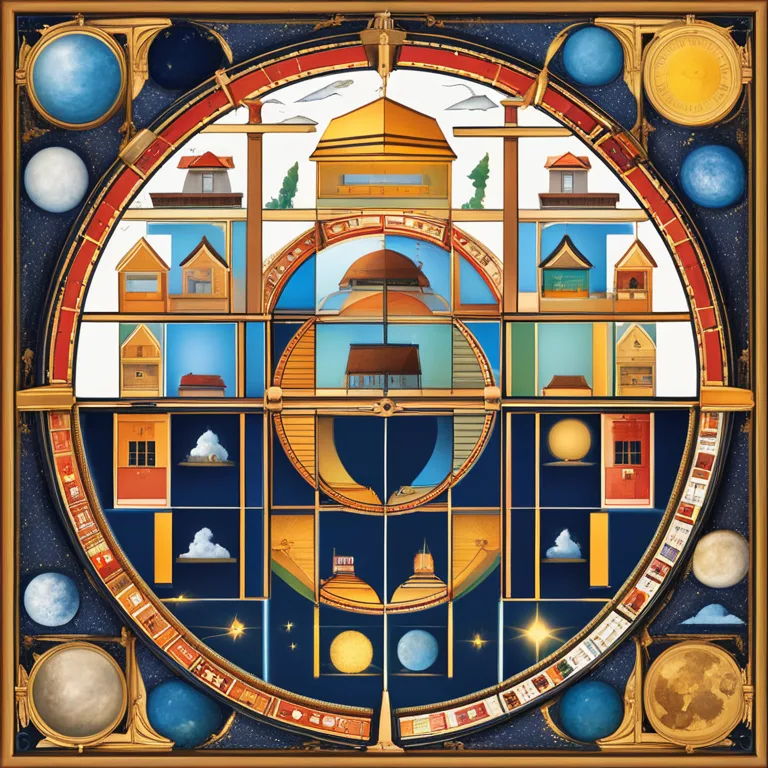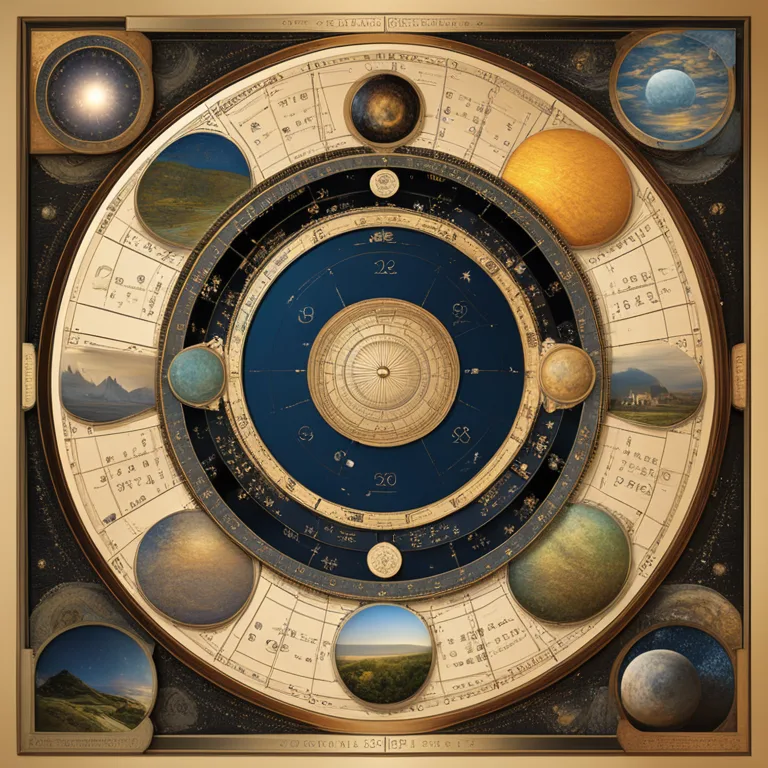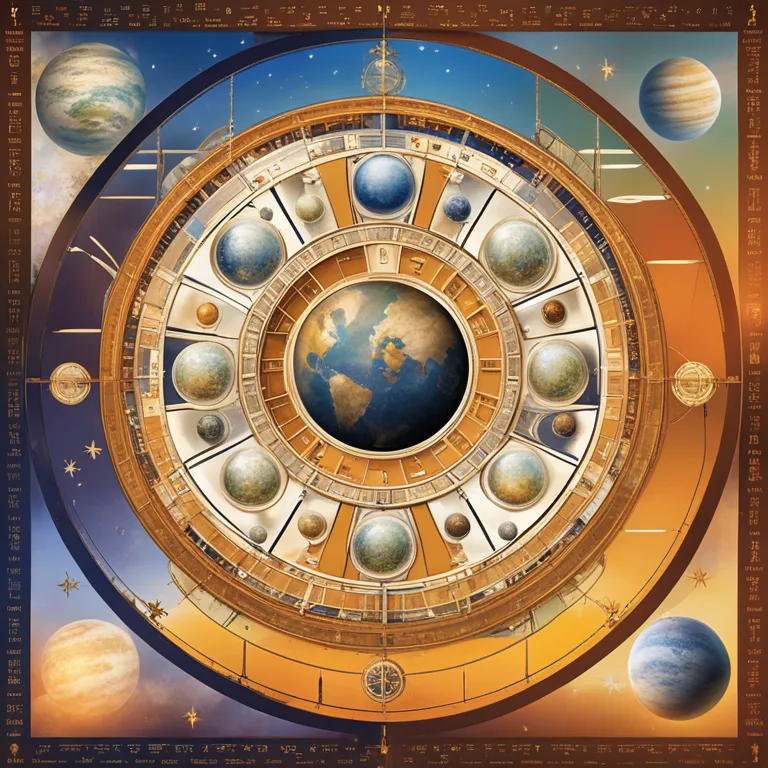
The Basics of Birth Chart House Systems
Delve into the fundamentals of birth chart house systems, a pivotal concept in astrology shaping personalized insights.
article by Priya Deshmukh
Introduction to House Systems
The birth chart, or natal chart, is a celestial snapshot of the sky at the moment you were born, depicting the positions of the planets and celestial bodies. Central to this astrological chart are the twelve houses, which form the foundation of your personal astrology. They are akin to a clock, with each house representing a distinct area of life. Deciphering the house system is crucial as it offers in-depth understanding of personal growth, relationships, and life events. Just as the signs give us the 'what' in astrology, the houses tell us the 'where,' providing context for our individual narratives.

The Significance of the Houses
Each of the twelve houses corresponds to different facets of existence. The First House begins with the self, identity, and physical appearance, while moving through the spectrum to the Twelfth House, associated with the subconscious, secrets, and endings. The positions of the planets within these houses during your time of birth influence various aspects of your life including career, partnerships, and even hidden talents. For instance, with Jupiter in the Second House, prosperity often comes through growth and belief in one’s own value, beneficial in 2024 and beyond.

Choosing the Right House System
There are multiple house systems used in astrology, each with its own method for dividing the sky. The Placidus system, the most popular method, divides the houses based on your time and place of birth, resulting in unequal house sizes. In contrast, the Whole Sign system assigns equal houses to each zodiacal sign, making chart interpretations more straightforward. Another popular system is the Equal House, where each house is exactly 30 degrees. The choice of system influences interpretation and forecasts, as different systems can shift planets into adjacent houses, thus altering their influence.

Transits and Progressions in House Systems
Transits—where planets are currently moving in the sky—and progressions—symbolic movements of your natal chart planets—bring periods of change and emphasis to different life areas represented by houses. For example, Saturn transiting the Fourth House might indicate a time of restructuring one’s foundations or family life. The progression of the Moon into a new house can signal a shift in emotional focus and priorities. Recognizing these transitory phases helps individuals align with cosmic tides and navigate life with greater ease.

House Systems in Compatibility
House systems also play a vital role in astrological compatibility analyses. When pairing charts, astrologers examine inter-house placements to gauge the impact individuals have on each other's lives. One person's planets landing in the Seventh House of partnership in another's chart could spell potential for a significant relationship, something to particularly watch for in 2024 when Jupiter enters Taurus, fostering stability and growth in connections. Thus, houses reveal not only the potential dynamics of a relationship but its growth and challenges over time.
Published: 12/27/2023
Modified: 12/27/2023
More predictions
Come back here soon to learn more about yourself and your future


Can a Birth Chart Predict The Future?
Explore the intriguing connection between astrological birth charts and future predictions, examining their reliability and the philosophical underpinnings.


Your Birth Chart’s Tale: Forecasting Life’s Path
Peer into the celestial narrative of your birth chart to glean insights and forecasts for your journey ahead.


Birth Chart: The Paramount in Astrology
Find out which birth chart holds essential insights for personal astrology and why it is considered fundamental in astrological practices.